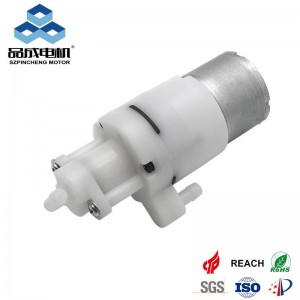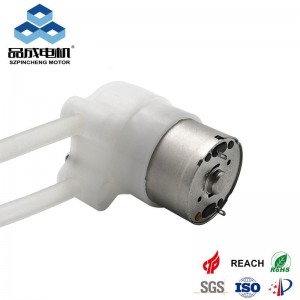Micro diaphragm pumps are critical components in industries ranging from medical devices to environmental monitoring. Their compact design and precise fluid handling make them indispensable, but balancing cost and performance remains a challenge. Below, we explore actionable strategies to optimize both economic and functional value, drawing from the latest technological advancements and market insights.
1. Optimize Material Selection for Durability and Cost Efficiency
The choice of diaphragm and housing materials directly impacts longevity and maintenance costs. For example:
- EPDM and PTFE diaphragms offer excellent chemical resistance and flexibility, reducing wear in harsh environments
- Composite materials (e.g., fiber-reinforced polymers) can lower production costs while maintaining structural integrity
Key Tip: Avoid overengineering. For non-corrosive applications, cost-effective thermoplastics like ABS may suffice, saving up to 30% compared to high-end alloys
2. Simplify Design with Modular Components
Standardized, modular designs streamline manufacturing and repairs:
- Pre-engineered kits (e.g., Alldoo Micropump’s OEM solutions) reduce customization costs.
- Unified valve and actuator systems minimize part counts, cutting assembly time by 15–20%
Case Study: A Chinese manufacturer reduced production costs by 22% by adopting interchangeable diaphragms and valves across multiple pump models
3. Leverage Automation and Scale Production
Economies of scale play a pivotal role in cost reduction:
- Automated assembly lines lower labor costs and improve consistency. For instance, Shenzhen Boden Technology reduced unit costs by 18% after automating diaphragm alignment
- Bulk purchasing of components like seals and springs further trims expenses
Pro Tip: Partner with manufacturers offering volume discounts or shared tooling programs.
4. Adopt Predictive Maintenance Technologies
Extending pump lifespan enhances long-term value:
- IoT-enabled sensors monitor parameters like vibration and temperature, flagging issues before failure
- Self-lubricating diaphragms (e.g., PTFE-coated designs) reduce friction and maintenance frequency by 40%
Example: A European pharmaceutical plant cut annual maintenance costs by €12,000 per pump using real-time performance analytics
5. Innovate with Hybrid Energy Solutions
Integrate energy-efficient technologies to lower operational costs:
- Solar-powered drivers are ideal for remote applications, slashing electricity expenses by up to 90%
- Variable-speed motors adjust output to demand, reducing energy waste by 25–35%
Emerging Trend: Manufacturers like Ningbo Marshine now offer pumps with regenerative braking systems, recovering kinetic energy during deceleration
6. Prioritize Supplier Collaboration
Strategic partnerships drive cost innovation:
- Co-develop materials with suppliers to balance performance and affordability.
- Adopt JIT (Just-in-Time) inventory systems to minimize storage costs
Success Story: A U.S. automotive supplier reduced lead times by 30% through localized sourcing of diaphragm components
Conclusion: Balancing Cost and Performance
Reducing micro diaphragm pump costs requires a holistic approach—combining smart design, scalable production, and proactive maintenance. By leveraging innovations in materials, automation, and energy efficiency, businesses can achieve 30–50% cost savings without compromising reliability
. As the market grows toward an estimated $11.92 billion by 2030, adopting these strategies will position companies competitively in industries demanding precision and affordability.
Final Takeaway: Regularly audit pump systems for inefficiencies and stay updated on emerging technologies to sustain long-term value.
you like also all
Post time: Apr-15-2025




